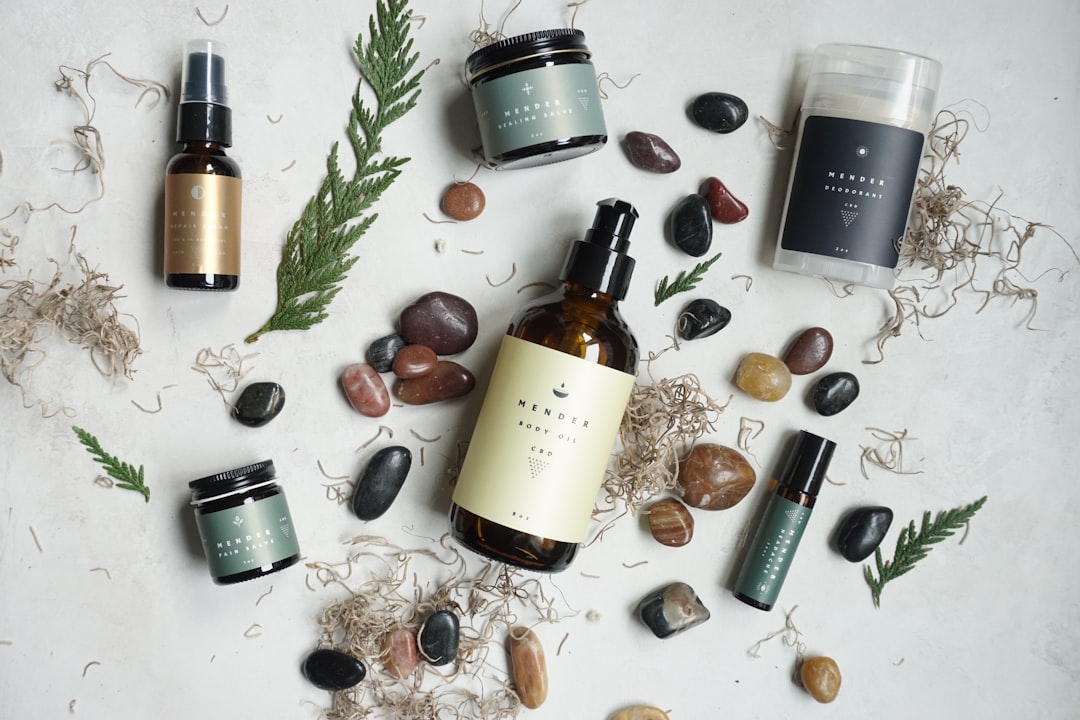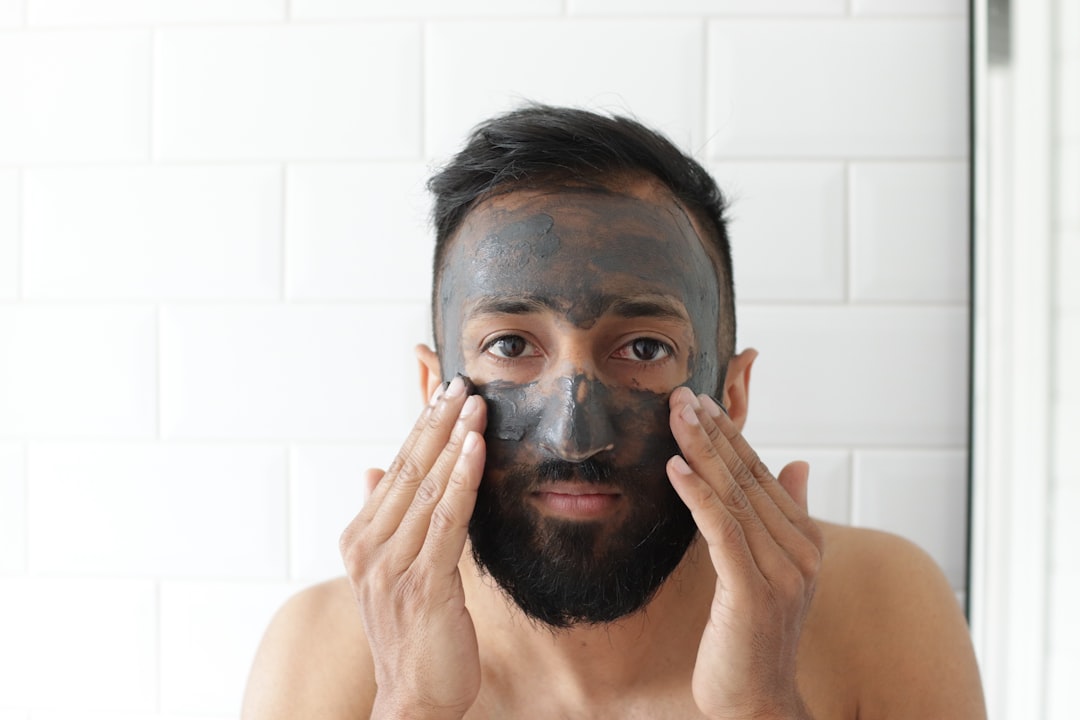In today’s beauty industry, there is a growing trend towards natural and organic skincare products. Many people are turning to do-it-yourself (DIY) solutions for their skincare needs, and one popular DIY product is the anti-aging serum. Anti-aging serums are designed to combat the signs of aging, such as wrinkles, fine lines, and dull skin. These serums are typically made with a combination of essential oils, base oils, and other natural ingredients that are known for their anti-aging properties. Making your own anti-aging serum at home allows you to customize the ingredients to suit your specific skin type and concerns, and it can also be a more cost-effective alternative to store-bought serums. In this article, we will explore the world of DIY anti-aging serums, from choosing the right essential oils to tips for storing and preserving your homemade serum.
Summary
- DIY anti-aging serum is a cost-effective and natural way to improve skin health and appearance.
- Essential oils like rosehip, frankincense, and lavender are great choices for youthful skin due to their anti-aging properties.
- Base oils and carriers such as jojoba oil and argan oil provide the necessary foundation for an effective DIY anti-aging serum.
- Mixing and blending essential oils requires careful consideration of their individual benefits and potential synergies for anti-aging effects.
- Proper application and usage of DIY anti-aging serum involves gentle massaging into the skin and allowing time for absorption.
Choosing the Right Essential Oils for Youthful Skin
When it comes to creating a DIY anti-aging serum, essential oils play a crucial role in providing the skin with potent anti-aging benefits. Essential oils are highly concentrated plant extracts that are known for their therapeutic properties, including anti-inflammatory, antioxidant, and skin-rejuvenating effects. Some of the best essential oils for youthful skin include rosehip oil, frankincense oil, lavender oil, and geranium oil. Rosehip oil is rich in vitamins A and C, which help to promote skin regeneration and improve skin texture. Frankincense oil is prized for its ability to reduce the appearance of wrinkles and fine lines, while lavender oil has soothing and calming properties that can help to reduce redness and irritation. Geranium oil is known for its astringent properties, which can help to tighten and tone the skin. When choosing essential oils for your DIY anti-aging serum, it’s important to consider your skin type and any specific concerns you may have, such as dryness, sensitivity, or acne-prone skin. It’s also essential to ensure that the essential oils you use are pure and of high quality to maximise their effectiveness.
Base Oils and Carriers for DIY Anti-Aging Serum
In addition to essential oils, base oils and carriers are an essential component of DIY anti-aging serums. Base oils are also known as carrier oils and are used to dilute essential oils before applying them to the skin. These oils are rich in fatty acids, vitamins, and antioxidants that nourish and hydrate the skin, making them an excellent choice for anti-aging skincare. Some popular base oils for anti-aging serums include jojoba oil, argan oil, sweet almond oil, and rosehip oil. Jojoba oil closely resembles the skin’s natural sebum, making it an excellent moisturiser for all skin types. Argan oil is rich in vitamin E and fatty acids, which help to hydrate and soften the skin while reducing the appearance of wrinkles. Sweet almond oil is lightweight and easily absorbed, making it suitable for all skin types, while rosehip oil is packed with antioxidants that protect the skin from environmental damage. When creating your DIY anti-aging serum, it’s important to choose a base oil that complements your skin type and works well with the essential oils you have selected.
Mixing and Blending Essential Oils for Anti-Aging Benefits
Creating a well-balanced blend of essential oils for your DIY anti-aging serum is key to maximising its anti-aging benefits. Each essential oil has its own unique properties and benefits for the skin, so it’s important to carefully consider how they will work together in your serum. For example, if you want to target fine lines and wrinkles, you might choose a combination of frankincense oil, rosehip oil, and lavender oil. If you have mature or dry skin, you might opt for a blend of argan oil, geranium oil, and rosehip oil to provide intense hydration and nourishment. When mixing essential oils for your serum, it’s important to use the correct dilution ratios to ensure that the blend is safe and effective for use on the skin. A general guideline is to use no more than 1-2% of essential oils in your serum, depending on the specific oils you are using. It’s also important to perform a patch test before using the serum on your face to check for any potential allergic reactions or sensitivities.
Application and Usage of DIY Anti-Aging Serum
Once you have created your DIY anti-aging serum, it’s important to know how to properly apply and use it to achieve the best results. Serums are typically applied after cleansing and toning the skin, but before moisturising. This allows the active ingredients in the serum to penetrate the skin more effectively. To apply the serum, dispense a few drops onto your fingertips and gently press it into your skin, focusing on areas where you want to target signs of aging, such as fine lines or wrinkles. It’s important to use gentle upward motions when applying the serum to avoid pulling or stretching the skin. Depending on your skin type and the specific ingredients in your serum, you may choose to use it once or twice daily. Some serums are best used in the morning to provide antioxidant protection throughout the day, while others may be more suitable for nighttime use to support the skin’s natural repair processes.
Tips for Storing and Preserving DIY Anti-Aging Serum
To ensure that your DIY anti-aging serum remains effective and safe for use, it’s important to store and preserve it properly. Essential oils are sensitive to light, heat, and air, so it’s best to store your serum in a dark glass bottle in a cool, dark place away from direct sunlight. This will help to preserve the potency of the essential oils and prevent them from oxidising. It’s also important to keep the bottle tightly sealed when not in use to minimise exposure to air. If you notice any changes in the colour or scent of your serum, it may be an indication that it has spoiled and should be discarded. To prolong the shelf life of your serum, you can also add a natural preservative such as vitamin E oil or rosemary antioxidant extract. These ingredients can help to prevent rancidity and extend the longevity of your serum.
Precautions and Potential Allergens in DIY Anti-Aging Serum
While DIY anti-aging serums can be a safe and effective addition to your skincare routine, it’s important to be aware of potential allergens and take precautions when using them. Essential oils are highly concentrated plant extracts that can cause allergic reactions or sensitivities in some individuals. Before using a new essential oil in your serum, it’s important to perform a patch test on a small area of skin to check for any adverse reactions. If you have sensitive skin or allergies, it’s best to consult with a healthcare professional or dermatologist before using essential oils in your skincare products. It’s also important to avoid using essential oils that are known sensitizers or irritants, such as cinnamon oil or lemongrass oil, especially if you have sensitive skin. By being mindful of potential allergens and taking precautions when using essential oils in your DIY anti-aging serum, you can enjoy the benefits of natural skincare while minimising the risk of adverse reactions.
In conclusion, creating your own DIY anti-aging serum can be a rewarding and cost-effective way to care for your skin using natural ingredients. By carefully selecting the right essential oils, base oils, and carriers for your specific skin type and concerns, you can create a customised serum that targets signs of aging while nourishing and protecting the skin. Proper mixing and blending of essential oils is crucial to maximising their anti-aging benefits, and knowing how to properly apply and use your serum will help you achieve the best results. Storing and preserving your DIY anti-aging serum correctly will ensure its longevity and effectiveness, while being mindful of potential allergens and taking precautions will help you use your serum safely. With these tips in mind, you can embark on your journey towards youthful, radiant skin with confidence and peace of mind.
Discover the art of simplifying your skincare routine with the insightful article “New Skincare Additions: The Art of One Product at a Time” on BestSkincareProducts.eu. This thought-provoking piece delves into the benefits of incorporating one skincare product at a time, allowing you to truly understand its impact on your skin. As you explore the world of skincare, consider complementing your routine with a DIY Anti-Aging Serum with Essential Oils for Youthful Skin. Learn how to create this rejuvenating serum and elevate your skincare regimen by visiting BestSkincareProducts.eu.
FAQs
What are essential oils?
Essential oils are natural, aromatic compounds found in the seeds, bark, stems, roots, flowers, and other parts of plants. They are extracted through methods such as distillation or cold pressing and are highly concentrated.
What are the benefits of using essential oils in skincare?
Essential oils have various benefits for the skin, including anti-inflammatory, antimicrobial, and antioxidant properties. They can help to improve the appearance of the skin, reduce the signs of aging, and promote a youthful complexion.
What essential oils are good for anti-aging skincare?
Some essential oils that are commonly used in anti-aging skincare include rosehip oil, frankincense oil, lavender oil, geranium oil, and pomegranate seed oil. These oils are known for their ability to promote skin regeneration, reduce the appearance of wrinkles, and improve skin elasticity.
How can I create a DIY anti-aging serum with essential oils?
To create a DIY anti-aging serum with essential oils, you can mix a carrier oil such as jojoba oil or argan oil with a few drops of your chosen essential oils. It’s important to dilute the essential oils properly and perform a patch test before applying the serum to your face.
Are there any precautions to consider when using essential oils in skincare?
It’s important to be cautious when using essential oils in skincare, as they are highly concentrated and can cause skin irritation if not properly diluted. Some essential oils are not suitable for pregnant women or individuals with certain medical conditions, so it’s important to do thorough research and consult a healthcare professional if needed.




